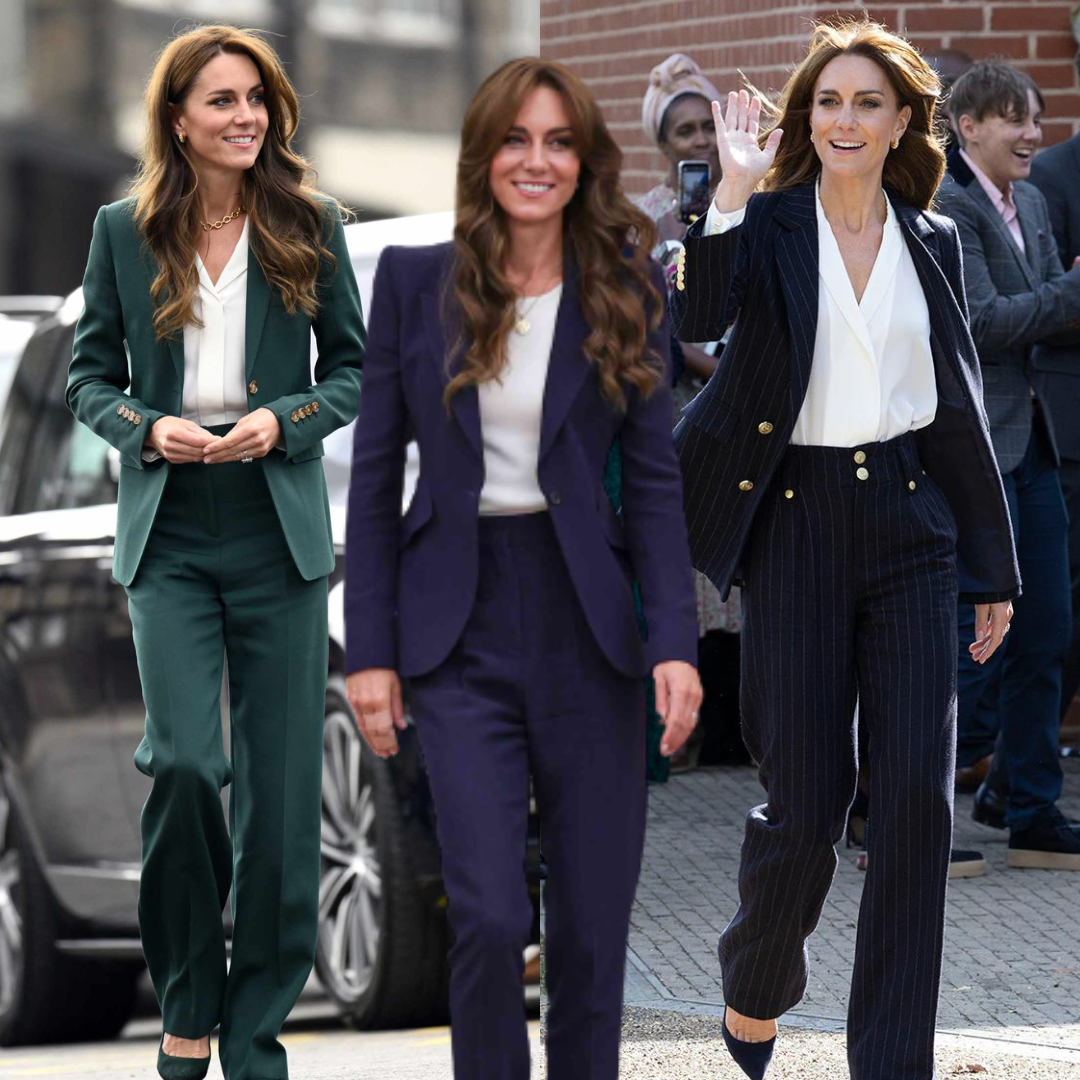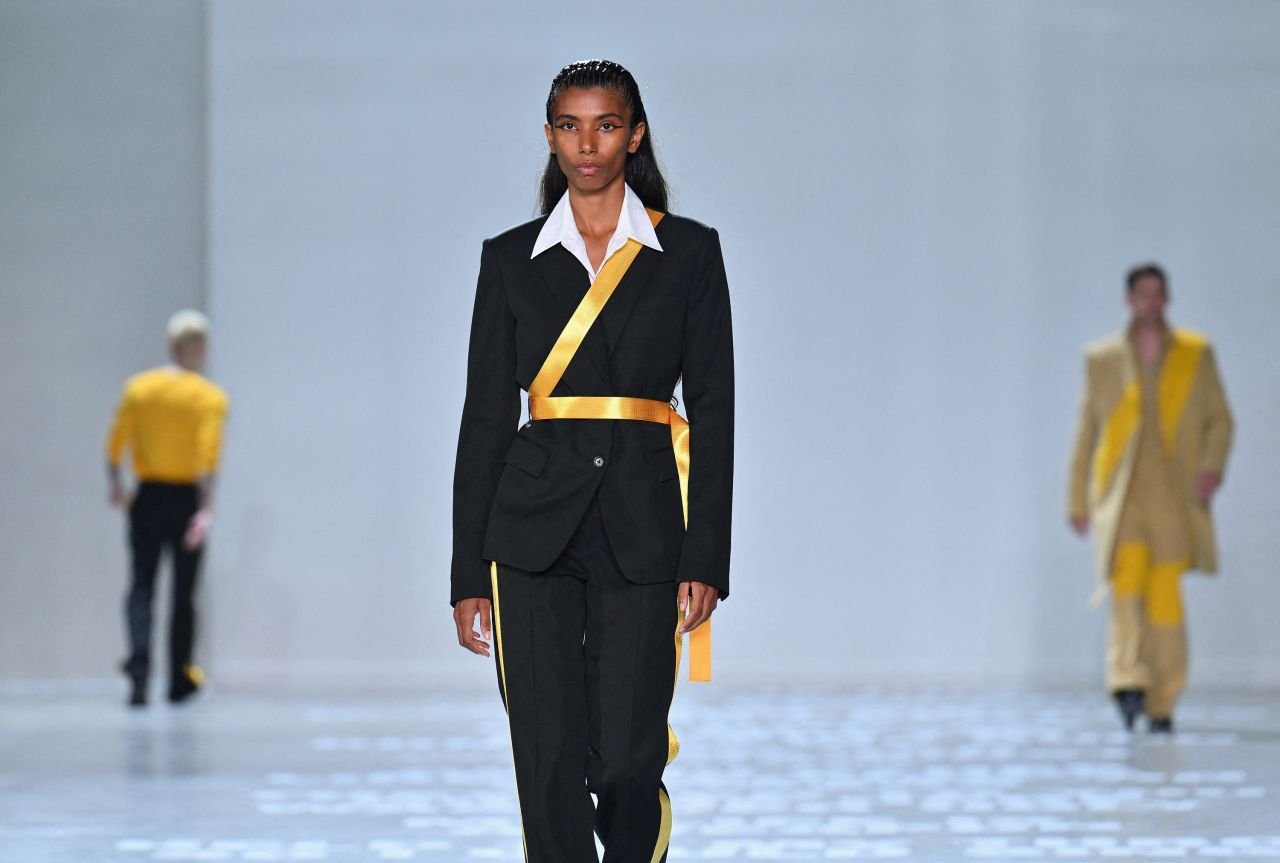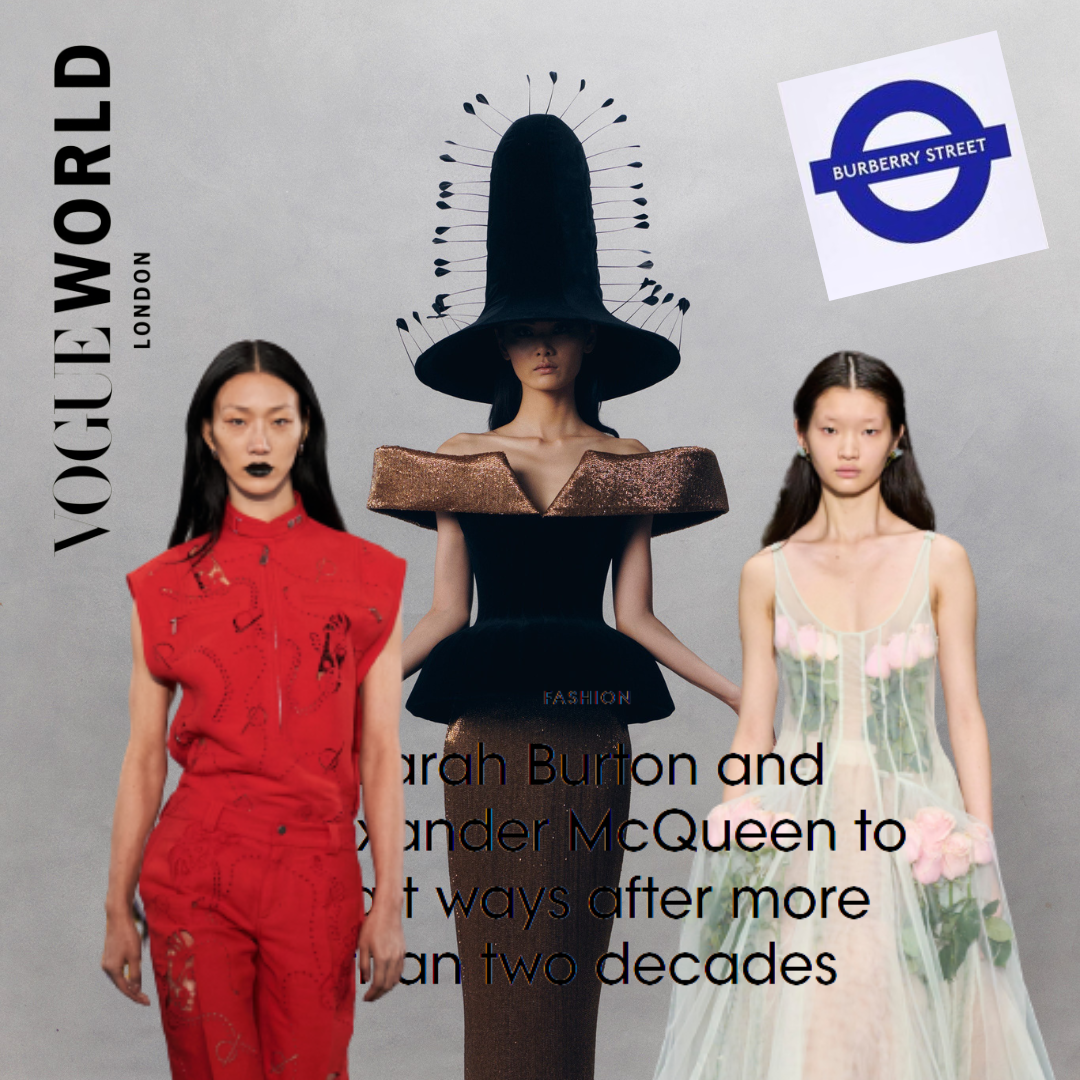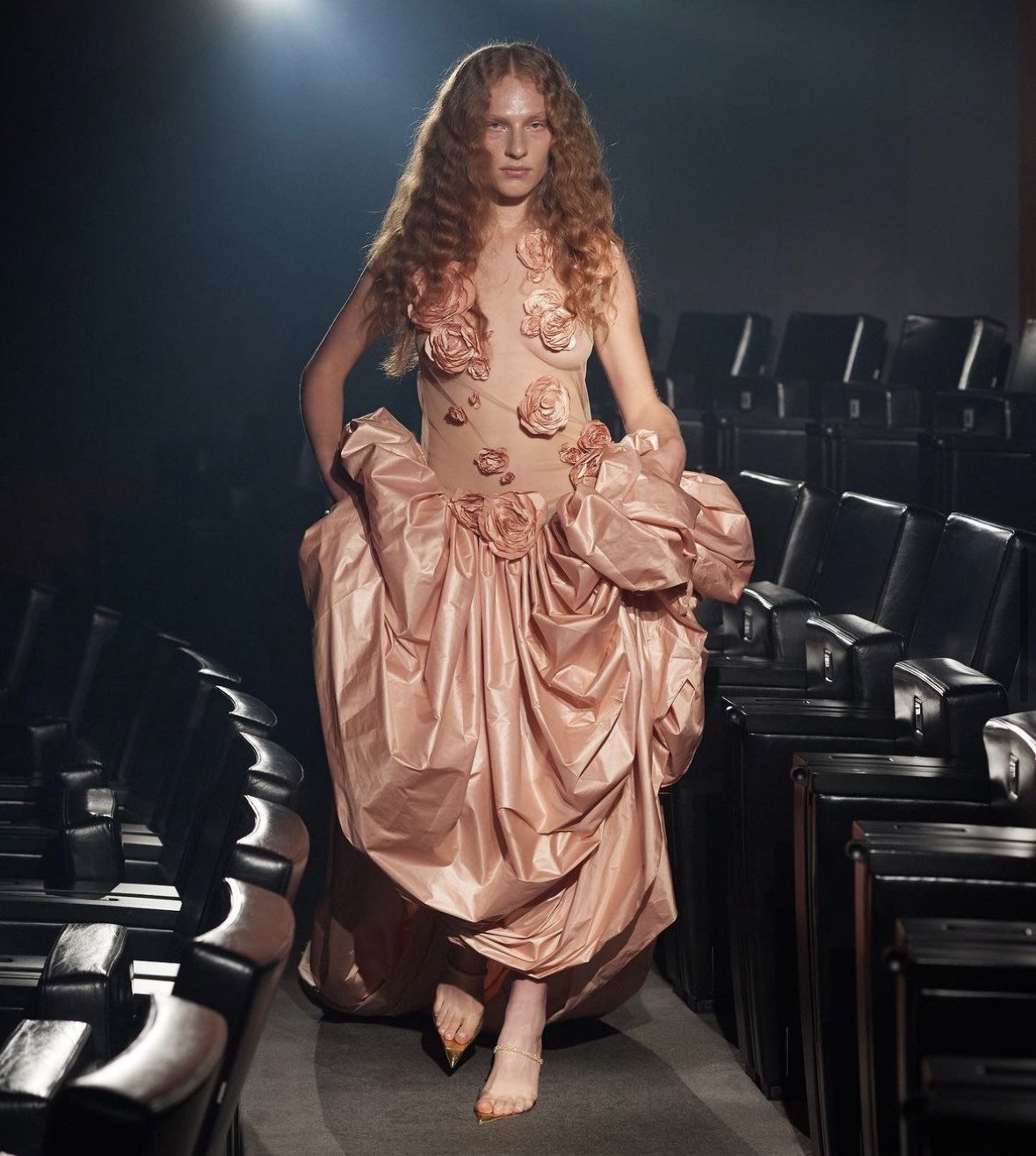Is It Accurate? Marie Antoinette
The 2006 film Marie Antionette is loved by many for its aesthetically pleasing visuals and excellent storytelling, and the Academy Awards enjoyed it too, awarding the film the coveted Best Costume award. Sofia Coppola worked closely with costume designer Milena Canonero to create a film with strong visual themes that aid the progression of the film, however, how accurate to the late 18th century are the costumes of the film? Let’s take a look.
18th century Versailles was a lavish and extravagant place to exist in. There were strict rules in place about status and you dressed for that status, often in exaggerated silhouettes with luxurious and expensive fabrics. The silhouettes in this film are, on the most part, accurate and the cuts are easily recognisable. It is very clear the women are wearing accurate pairs of stays underneath their dresses, their posture is straight and the fabrics lay flat to the undergarments, as they should. Speaking of stays, the few pairs that we see Marie wearing are outstanding, both in craftsmanship and accuracy. During a scene where Marie is in a dress fitting, we see her stays that are, and prepare yourselves, actually being worn over a shift! It truly shouldn’t excite me so much to see someone where a pair of stays or corsets over a shift, but alas Hollywood has a weird obsession with ignoring that shifts even existed.
Kirsten Dunst in Marie Antionette (2006) Excellent stays.
Perhaps my favourite thing about the costumes in this film is the use of costume to show the progression in time. There are, at no point in the film, aural or visually explicit markers to tell the audience that time has progressed. Instead, costume and hair and makeup is used. When we are introduced to the Petit Trianon, Marie Antionette’s haven and escape from the strict formalities of Versailles, we begin to see Marie wearing clothes that greatly resemble her infamous Chemise a la Reine. Painted in 1783, the Chemise a la Reine portrait showed the French Queen wearing an informal garment that closely resembled that of 18th-century undergarments, and it sparked outrage in France. Nonetheless, the Chemise a la Reine is widely credited as the gown that inspired a shift in fashion that would become the laid back and unrestricted silhouettes of the Regency era.
Kirsten Dunst in Marie Antionette (2006) A very similar gown to the Chemise a La Reine portrait.
Seeing Marie in this informal style of dress tells the audience that times are changing, and more importantly, Marie is changing. Further in the film, as it becomes obvious that Louis and Marie’s lives are falling apart right in front of them, Marie’s clothes change once more. Her clothes have an earthier tone, they are more adult, and the extravagance of her earlier clothes are stripped away. She is still dressed in an expensive way, but not necessarily in a way fit for a Queen.
The overall colour palette for this film is obvious, pastels. Personally, I adore the pastel colours used throughout the film and it’s not exactly inaccurate. During the 18th-century, and especially the latter half of the century, pastel fabrics gained immense popularity, pink in particular being a favourite.
Kirsten Dunst (center) in Marie Antionette (2006)
In the 18th-century pink did not represent femininity as it might do today, instead, it was worn by all as a way to signify youth and innocence. In the first half of the movie, Marie Antionette’s gowns are often pink or feature pink detailing, conveying her inexperience and naivety. As the film advances and Marie ages, losing her innocence, the overall colour palette of the film follows suit. Not just in costume, but also set, props and overall atmosphere. And this is all done while still following the pastel aesthetic common to the time period.
Kirsten Dunst in Marie Antionette (2005) Note a darker colour palette.
Now, this is a Hollywood film and Hollywood films generally shy away from historically accurate hair and makeup, and this film actually does a pretty good job at this with only a few exceptions. 18th-century hair was big, I’m talking massive and we know from contemporary records and accounts that Marie Antoinette did not shy away from some height and volume. In fact, she was very often satirised and mocked for how incredibly over the top her hairstyles could get. And yes, it is said that she once wore a ship in her hair and although there is no concrete evidence for her doing this, there is no smoke without fire.
Kirsten Dunst in Marie Antionette (2006)
Although the general silhouette is there in the film, Marie’s hairstyles are nowhere near extravagant enough, although I can see possibly why they chose to do this. Having less over the top hair makes Marie seem more removed from the flamboyance of Versailles, symbolising her place at court as an outsider. There are also a handful of scenes throughout the film where her hair is completely down, which of course would not have been acceptable for a married woman of her status.
Marie Antionette is a masterclass in how to use costume to tell a story effectively, and all while being mostly historically accurate too. For a film that doesn’t feature lots of dialogue, costumes are used to help carry the storyline alongside the use of modern music, making this feel like some strange 18th-century, Royal coming of age movie. It is clear that these costumes were deeply thought out, they were not a second thought and that is why this film rightly deserved the Academy Award.













